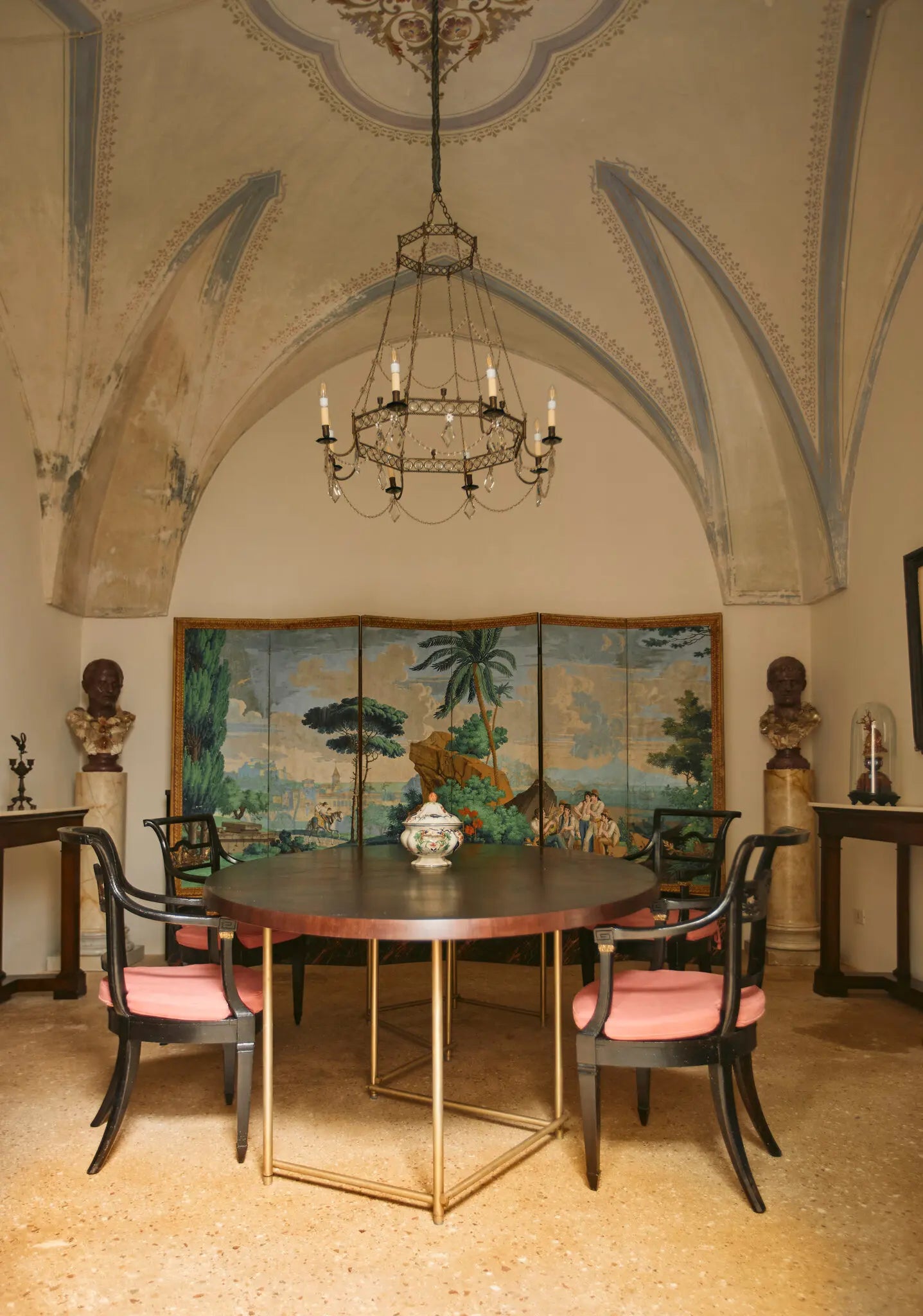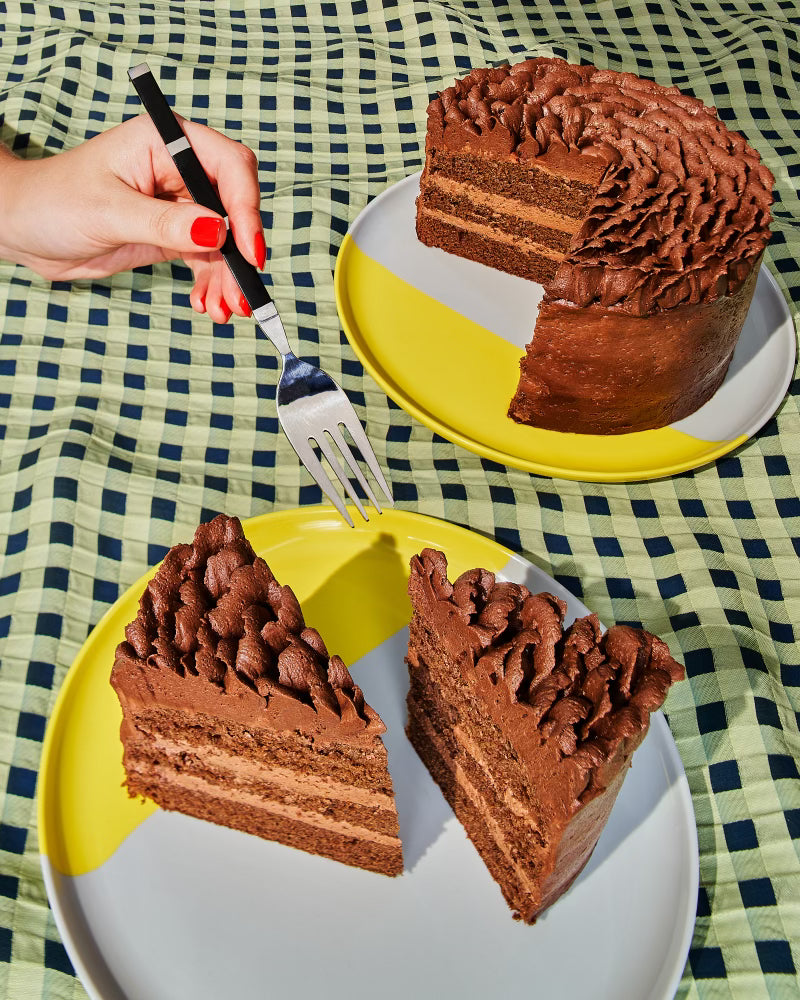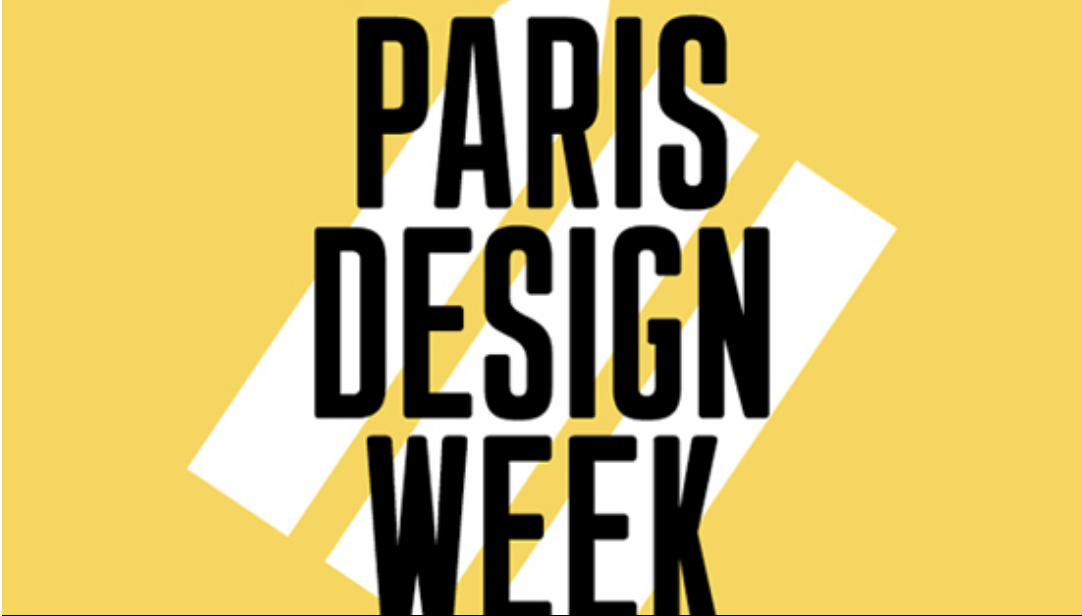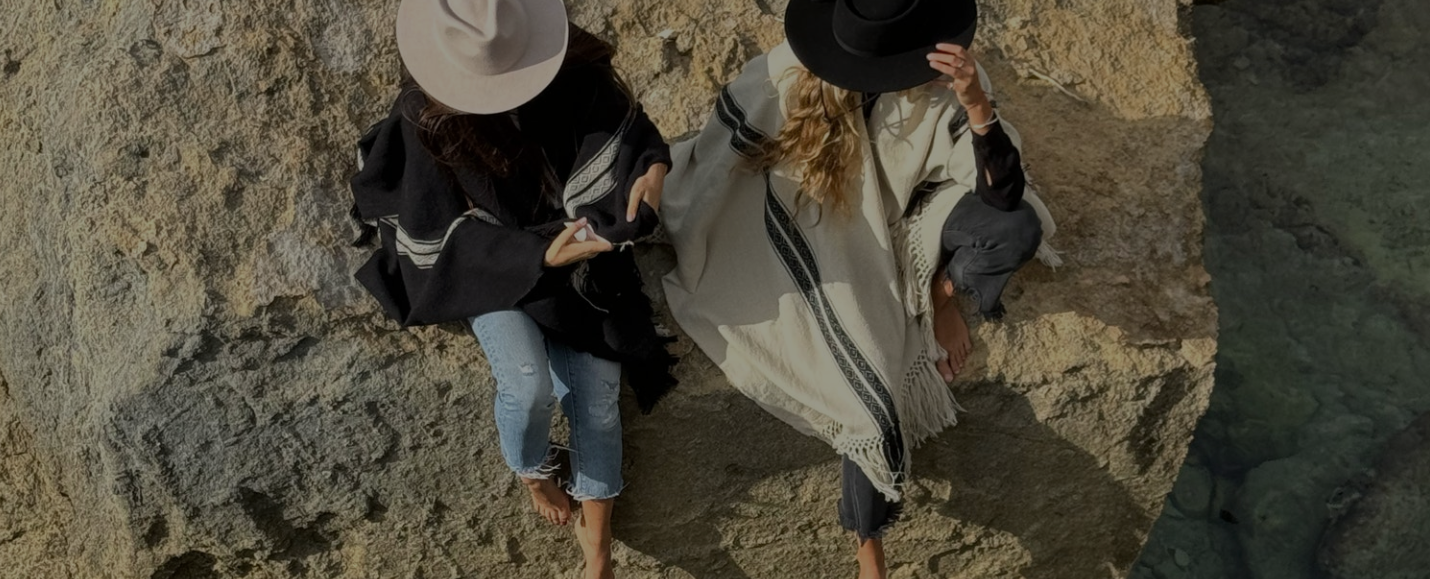
5 Questions With Italian Starquitect Lucia Cataldi Renovating One Palazzo At Time
As a barware, lighting and home accessories design company, at Thomas Fuchs Creative we specialize in handmade goods.
Every week, we take you behind the scenes to explore the people, places, and things that inspire us. For the last 15 years, we’ve been secretly vacationing in a small region in southern Italy called Puglia. But, as with all best-kept secrets, the word is out, and now everyone wants to go to Puglia! If you follow my blog, you’ll find plenty of posts on the best eats, places to stay, and spots to dance the summer nights away.
Like many of our adventures, life seems to be a journey of happy coincidences for Thomas and me. This past summer, as all our friends descended upon Puglia, The New York Times ran a feature on the new home of the Etro family. Coincidence or not, we happened to be there with the architect Lucia Cataldi and her husband Mauro during our holiday.
I seized the opportunity to ask Lucia five questions, hoping to gain more insight into the area, especially now that we’ve become newly minted Italian residents.
How do you convince a customer to maintain the authenticity of the architecture of the area where he buys the house?
The authenticity of the architecture on which one intervenes is the main aspect that I take into account when I think about the transformation, adaptation to new needs, of a property that carries with it a good load of years, and therefore of history. The charm of historical and architectural authenticity is also the aspect that convinced the customer to purchase that property; among the buyers there are those who are able to recognize the architectural relevance, and those who nevertheless grasp the charm of harmonies, spaces, lights and colours. So on my part it's not about convincing them, but rather about guiding them to maintain that charm that made them fall in love with that particular house. It's about working, adapting new uses and new housing needs, with the aim of preserving the dignity and stylistic balance of the site.
This does not mean that a modern intervention is banned from a historic home; on the contrary, the project is always a "modern" intervention. However, the contemporary must dialogue with the "container", also respecting the feelings of those who live inside it; this is the design effort. Generally, those who purchase these properties are happy to fully discover their authentic characteristics.
Is working with your husband, when helping clients purchase their homes, a collaborative effort? Do you both discuss the design potential, the choice of homes and things you are able to facilitate, and the clients' wishes?
In truth, I rarely intervene in the purchasing phase of a property. Mauro is such an architecture enthusiast that he represents, in his field of property sales, a somewhat atypical figure, so much so that they often believe that he is an architect, due to the attention with which he illustrates the properties for sale, and shows the potential for use. When he involves me in visiting a property it is because I am curious about a house he has told me about, or because the customer who wants to see it again, because he intends to buy it, has often asked me for further clarification on the matter, in practice at that point we are already talking about planning. About talking with my husband about the design potential of a property, this is our pastime... we can't get rid of it, even when we're on holiday!
Your latest project for the Etro family is unique to the area where every house we see here is white, is there a special painting process you used on all the walls and ceilings?
The rooms of the Etro palace, with the colors found on the walls, vaults, floors, present nothing other than the original surfaces, "revealed" by the project, removing the interventions that over many decades had transformed it and adapted it to the fashions of different eras . It is not at all strange or unusual to see so much color in historic properties in Salento, especially in the homes of a more prominent social class, but many more modest buildings are not excluded. Homes have always been decorated and coloured, both internally and externally, relegating the very widespread white lime paints only to secondary facades or very simple homes for which one could not financially afford to give and maintain the colour. Very often, if the houses have not undergone interventions, for example relatively recent systems, under the white vaults you will find colors or decorations, and after many coats of painting on the walls you arrive at the original colours.
Similarly for the internal fixtures, the wood was also painted and decorated. In the case of the Etro palace, most of the vault decorations, fortunately, were never covered by subsequent painting; others however have been rediscovered. So no special effect to give a wall an antique look, as I said previously, I personally don't "redo" the antique, it would be a fiction; the design intervention dialogues with the ancient in today's language, establishing a bond
Do you only deal with residential or hospitality and commercial projects?
I have always dealt with private residential projects, with the exception of some "farms", in which the size of the property and the layout of the external spaces have allowed the creation of more rooms and collective spaces for hospitality activities.
I see you are not on social media, so I imagine your customers all come to you via referrals. How many projects do you carry out in a year?
I'm actually not on social media much, this is mainly due to lack of time! I certainly don't minimize promotion via social media, which in fact for me happens indirectly anyway, because many finished works are for various reasons photographed and seen in the various digital communication channels.
However, my clients come by word of mouth, which I consider the most flattering promotion. The process of intervention on a property, from the design phase to the completion of the works, passing through the related bureaucracy, is unlikely to be completed in a year (some projects even take more than two years). Between less demanding and more complex jobs, to give an example, eight projects were completed this year, in properties scattered across Salento.
Have a great week and come see us in Puglia,
Michou










2 comments
💙
Alessandra
Beautiful! Coming to visit next summer!
Hayley Henning
Leave a comment
This site is protected by hCaptcha and the hCaptcha Privacy Policy and Terms of Service apply.